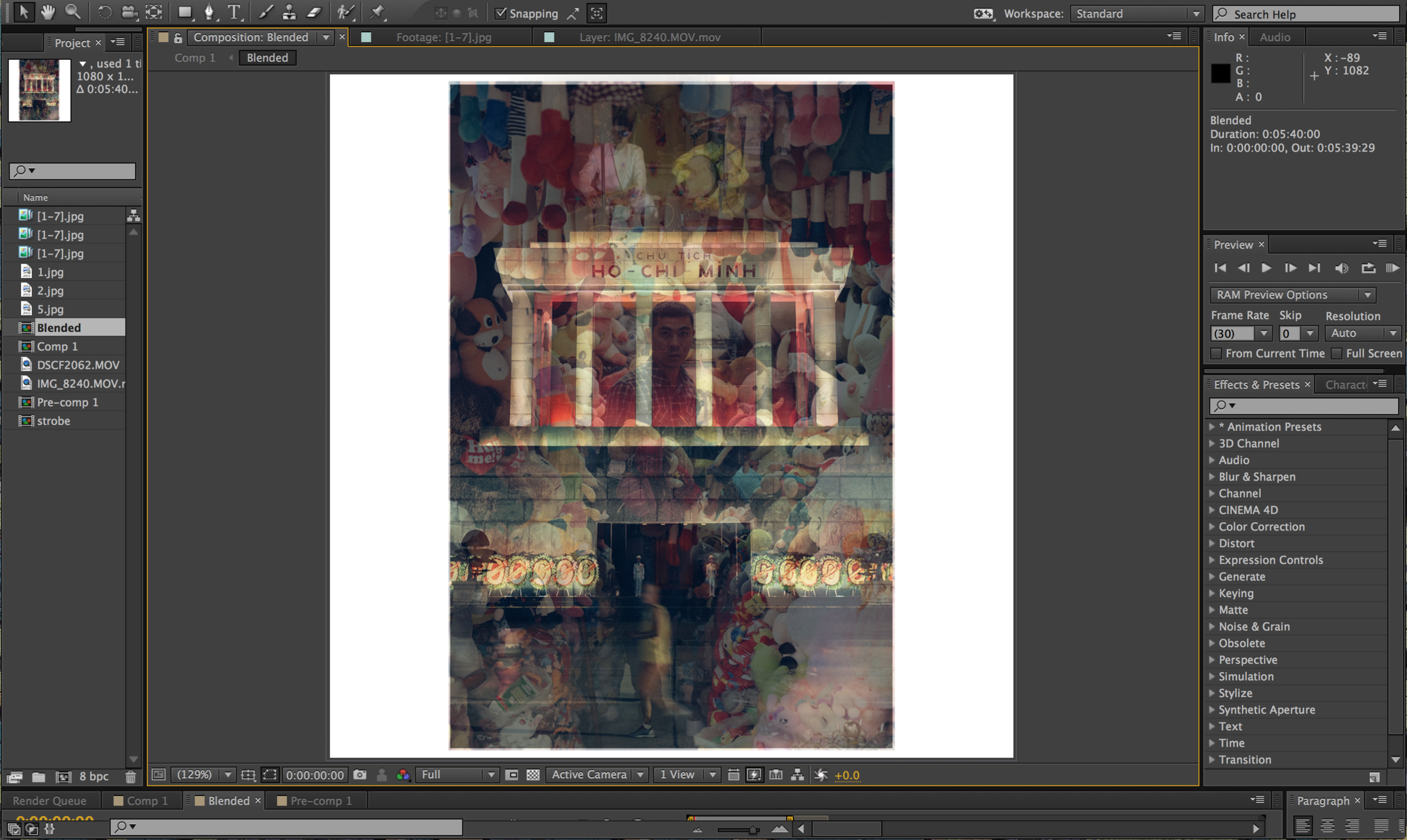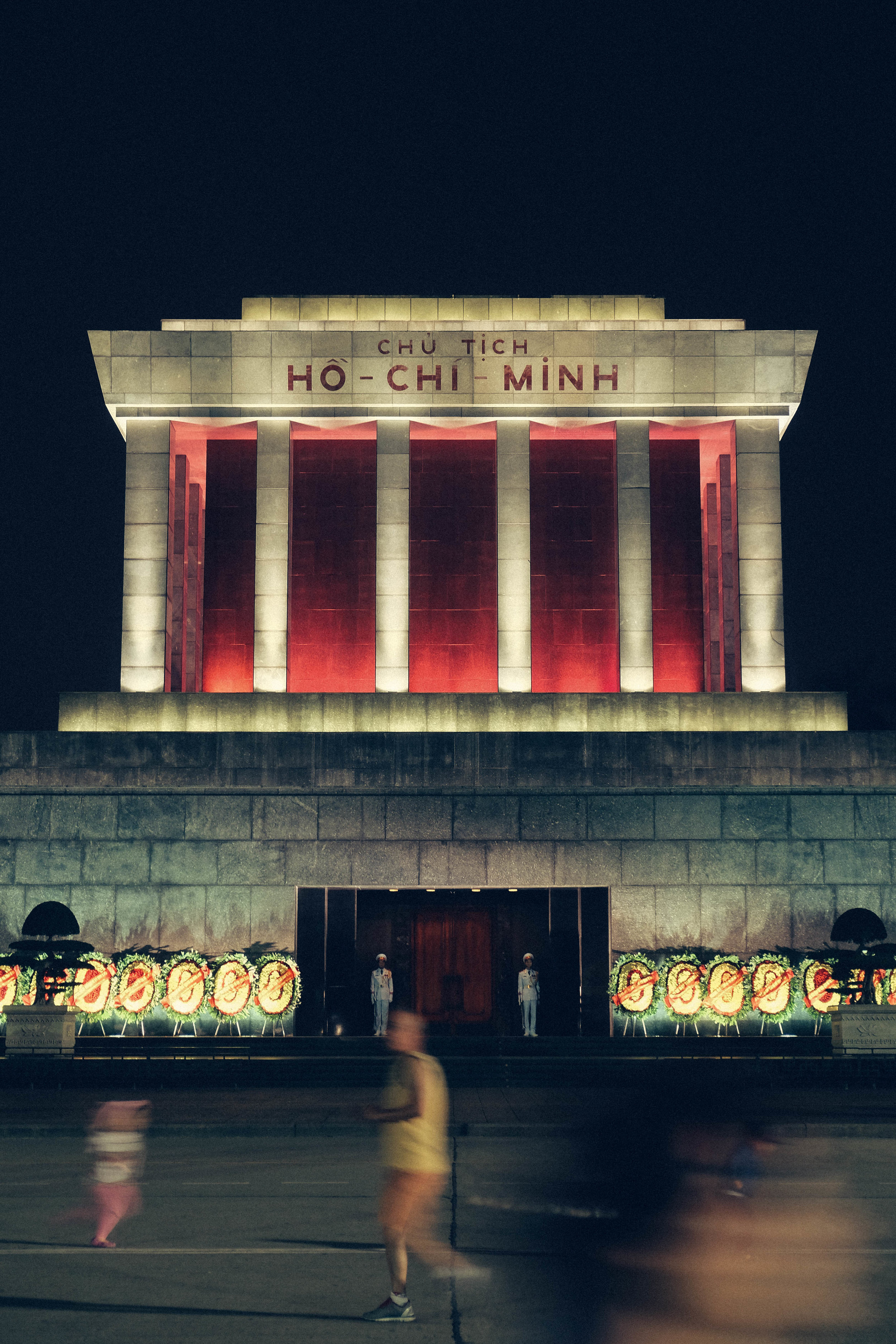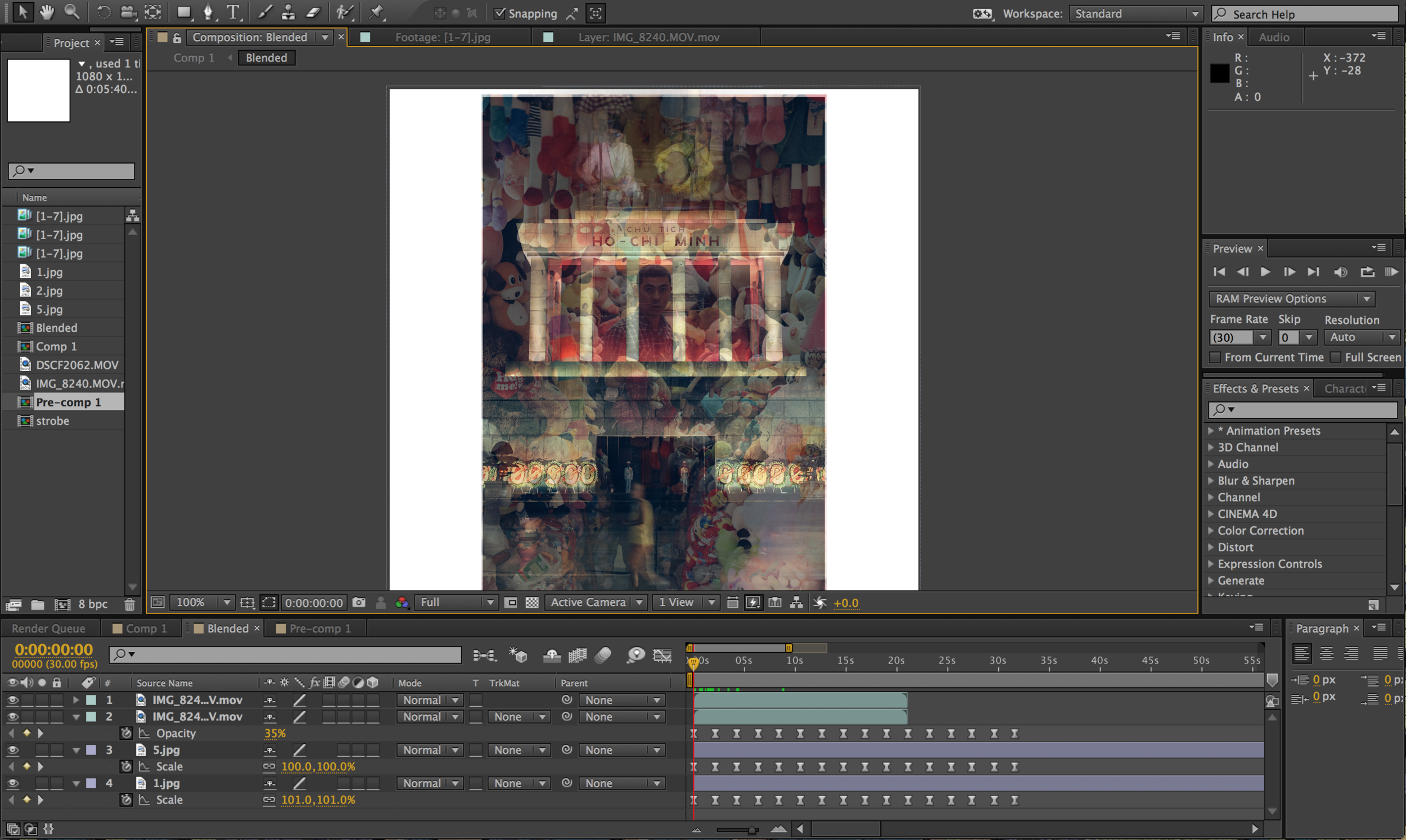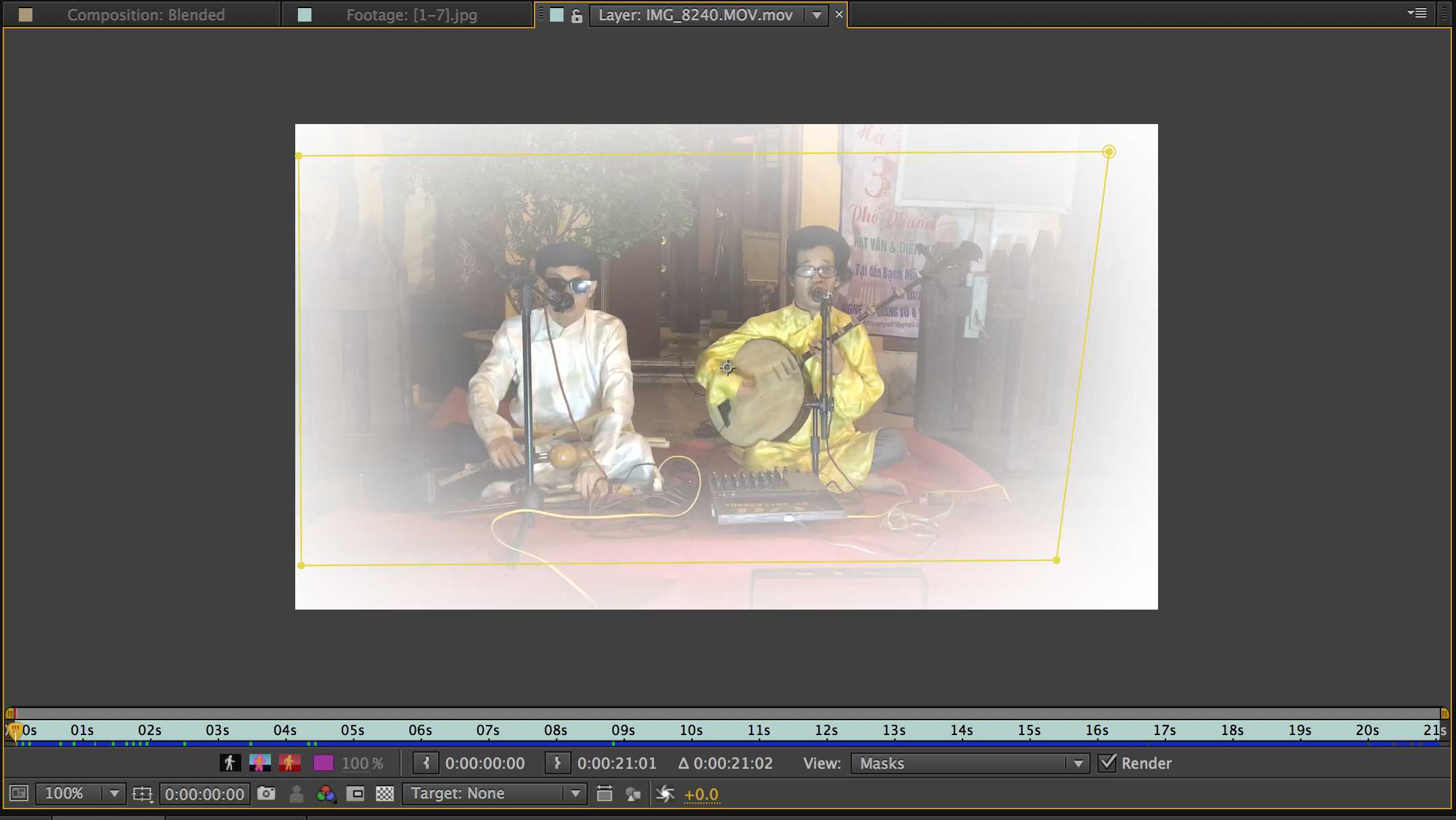Continuing to experiment with toeing the line between photos and videos, I decided to tinker around in After Effects. I used to spend a lot of time in AE when I was at Samsung, but it's been years since I've used it. It's such a great tool for expressing creativity since you have so much control, and motion/video is such a dynamic medium.
This time around, I wanted to make something that felt 99% like a still photo, but when looked at closely, has more facets than a simple photo.
When I arrived in Hanoi, I was struck by the chaos. I knew I wanted to capture imagery that spoke to that chaos. I usually strive for minimalist imagery that feels notably simple, with a singular focus. But I've been getting bored with that aesthetic in photography, and Hanoi was the perfect playground for developing a chaotic style.
I took a lot of photos in Hanoi, but two that stood out to me in terms of going against my typical minimalist aesthetic where these:
There's obviously a lot happening in these images.
Another unrelated photo that I liked was a photo of the Ho Chi Minh Mausoleum. I liked it for a couple of reasons:
- It feels iconic
- I love the streaked images of people in the foreground. They hint at motion and provide more of a scene than a simple photo of the building.
Here's the photo:
So for this experiment, I wanted to create a final image that felt complex and scattered, and captured the hectic nature of Hanoi.
I opened After Effects and just started playing around. Here are some of the things I did:
1. Layered the 2 images on top of each other
I loved the complex look I got by layering the image of the plush-toy salesman over the photo of the Ho Chi Minh Mausoleum. It created a great texture all over the image that gave it an almost painted, cubist look.
I especially loved how the plush-toy salesman's face is perfectly positioned in a dark spot between the columns in the building so you can still see his face in the midst of all the chaos.
2. Created a "breathing" effect
As I'll mention in #3, I had recorded video of a 3-man band on the streets of Old Quarter Hanoi. This was some of the most psychedelic music I've ever heard. I have no idea if that's the aesthetic the band was going for, but it was so messy and trippy.
I wanted to incorporate this aesthetic into the image somehow, to play up the chaos and charm of Hanoi.
To portray this visually, I used After Effects to make the image "breathe".
Achieving this effect required a few things:
- I looked up the cadence of the breathing LED light on the Macbook, it's about 2 seconds.
- I set the images to grow and shrink by about 5% scale, on a 2 second interval.
3. Added an audio track
Next, I found the video of the street performers and imported it to my project. I originally dumped it into the composition intending to turn the video off and only use the audio, but decided to play around with the video itself to see if I could make use of it.
Luckily the image as already layered and complex enough that I could add in this video in a relatively subtle way that felt integrated with the rest of the composition.
In the composition with the street performers, I masked off everything except the performers themselves, and added heavy feathering to the mask, so that the video could be seamlessly added into the larger image without any abrupt edges:
Then I could drop it into the overall image and get something like this:
I thought it was cool that I could sit them on top of the building and play with their scale to create a surreal, ghost-like image.
So with the breathing effect, plus the fact that I've now integrated a video into this messy, layered, moving composition, we have an image that is very much alive (and making noise), but at first glance looks like a still.
In retrospect, I learned an interesting tidbit. Motion that is easily perceptible on a desktop screen-size will be less perceptible on a mobile screen. Seems obvious when I type it out, but when you're sucked into a workflow, you're dealing with everything in relative terms. A movement of 5% adds up to several millimeters of motion on the computer, but hardly anything on the phone.
So when I viewed this on my iPhone, the breathing effect was hardly noticeable, whereas it was somewhat pronounced on my laptop. i should have gone heaver on the scaling effect, but I was really striving for a subtle effect. I guess I got caught too far on that end.
Here's the finished product:







